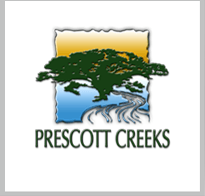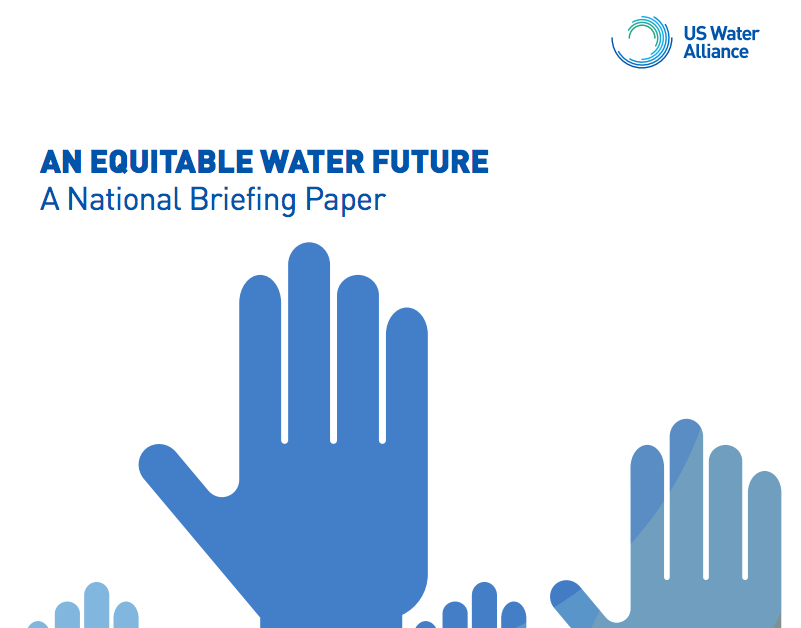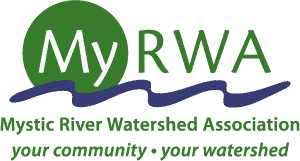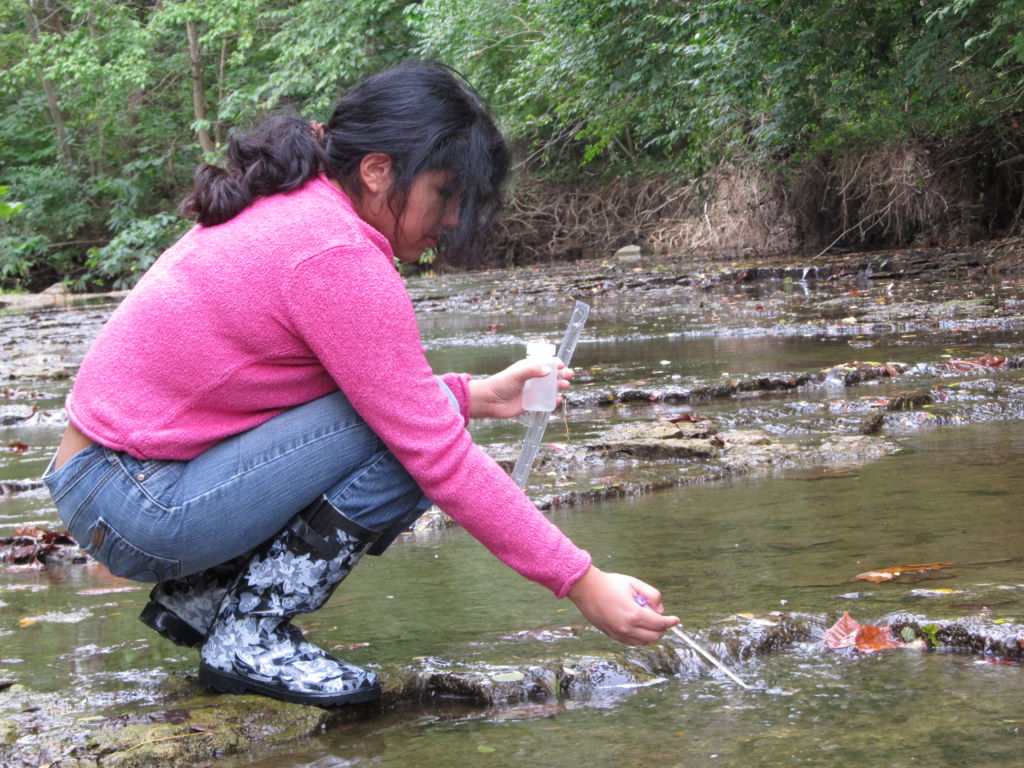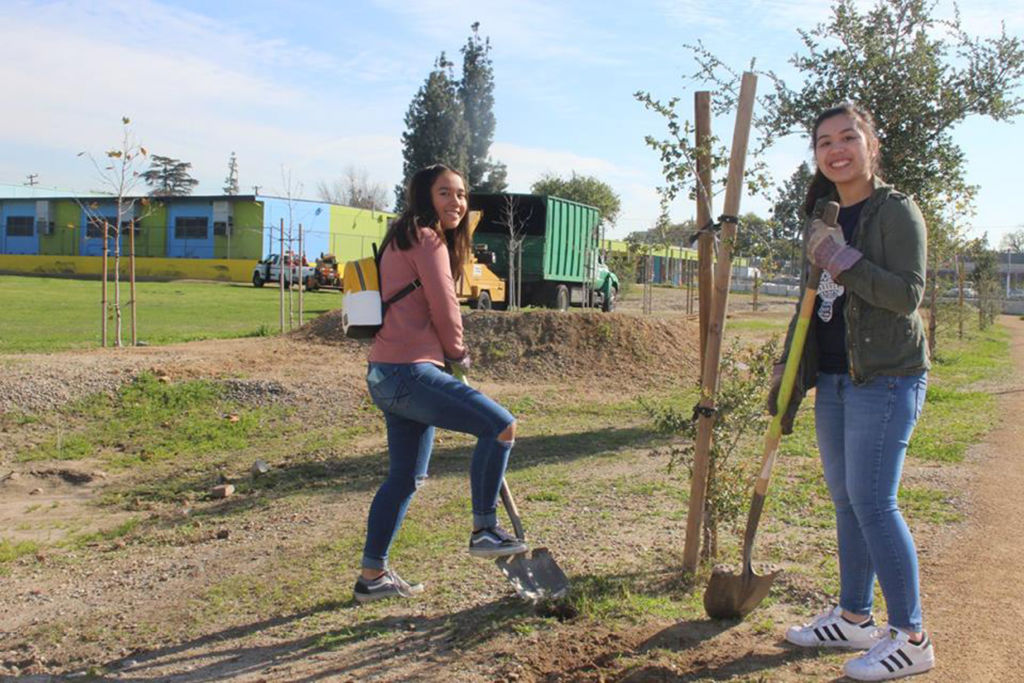restoration
July 31, 2018
The Plaster Creek Stewards initiative began at Calvin College in 2009 to provide experiential education and a working lab for students. Through several Michigan Department of Environmental Quality grants, EPA […]
July 23, 2018
The mission of the Woonasquatucket River Watershed Council (WRWC) is to encourage, support and promote the restoration and preservation of the Woonasquatucket River Watershed as an environmental, recreational, cultural, and […]
July 4, 2018
Prescott Creeks Preservation Association (Prescott Creeks) works with stakeholders, local government officials, and the community to restore and protect the Granite Creek Watershed. Partnering with local government as well as […]
March 16, 2018
With new water uses in these sections of the LA River and more revitalization on the horizon, water quality monitoring for public health and community engagement becomes chiefly important. Heal the Bay – an organization based in Santa Monica, California – has a strong history promoting environmental awareness and advocating for public health through their Beach Report Card program. Over the years they have found that when people are informed about water quality issues, they are more motivated to take care of their environment. In cooperation with students from Los Angeles Trade Technical College (LATTC) and funded by EPA’s Urban Waters small grant program, Heal the Bay expanded this initiative to create a River Report Card for the LA River and other freshwater areas where people recreate and swim.
November 6, 2017
Service learning is a powerful tool for connecting people and their communities to local parks and natural areas. To celebrate the centennial of the National Park Service, the REI Foundation partnered with the National Park Foundation to fund projects that introduce underserved, inner-city youth to their nearby national parks and engage them in service projects to improve them. The project purpose is to foster stewardship among participants, help them to discover opportunities for outdoor recreation, and instill the value of nature and our nations’ parks—both national and local.
September 25, 2017
In 2012, the Oklahoma Water Resources Board (OWRB) received an EPA Urban Waters Small Grant, sub-granted by the Oklahoma Secretary of Energy and Environment, to study the causes of the eutrophic conditions in Lakes Hefner and Overholser and to evaluate which Best Management Practices (BMPs) could significantly reduce the nutrient load affecting water quality in the lakes. Originally, the study focused on identifying BMPs that could be implemented in the lakes themselves. However, it was found that most of the pollution was coming from urban runoff entering the North Canadian River.
July 20, 2017
This U.S. Water Alliance publication summarizes the overarching and regional challenges that demonstrate the need for more equitable approaches, then outlines the “three pillars of equity” based on USWA’s original […]
May 4, 2017
The Mystic River Watershed Association (MyRWA) is dedicated to restoring and protecting the most urbanized watershed in Massachusetts. It partners with federal, state, and local agencies, using science—including citizen science—to […]
April 25, 2017
The Wabash River, which is Indiana’s state river, has a rich economic and cultural history. As a tributary of the Ohio River, it is part of the upper reaches of the 1,245,000-square-mile Mississippi River Basin, and so was a vital navigation and trade route for French traders traveling between Canada and the Gulf of Mexico.
April 7, 2017
The San Gabriel River drains a 713-mile watershed in the San Gabriel Mountains, flowing as far south as Long Beach, where it enters Alamitos Bay as a tidal river. It shares its watershed with two other major rivers: the Los Angeles and the Santa Ana.



